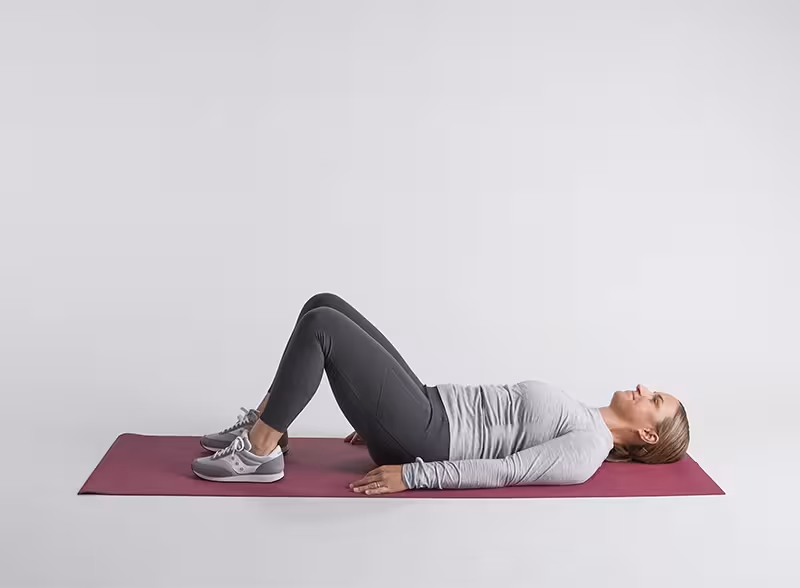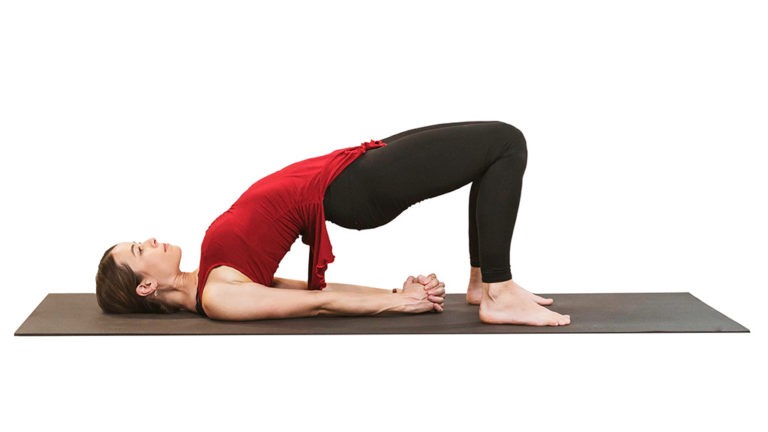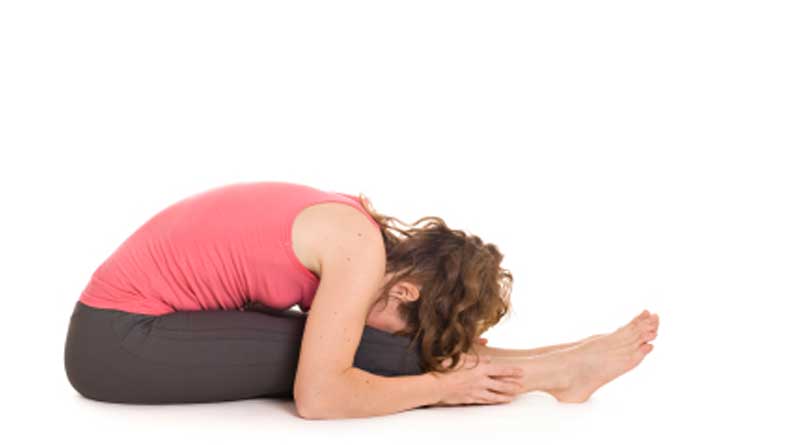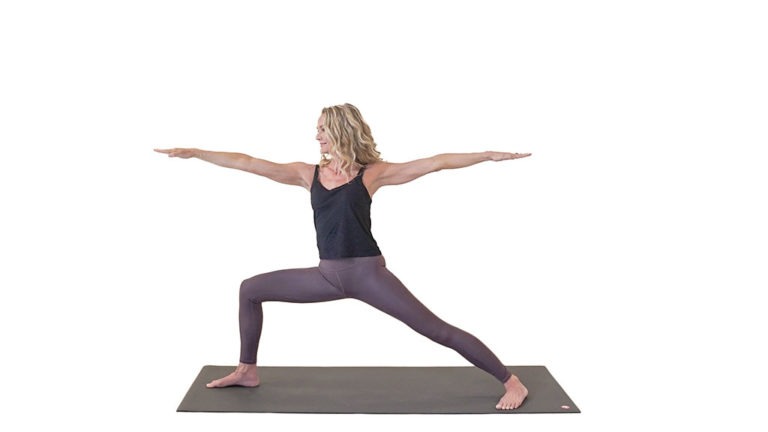After giving birth, it's important for new mothers to focus on their physical recovery and overall well-being. One effective way to achieve this is through postpartum yoga, which can help strengthen the body, improve flexibility, and promote relaxation.
In this blog post, we will explore 11 postpartum yoga poses that are specifically designed to support your body after delivery. Whether you're a beginner or experienced yogi, these poses can be modified to meet your needs.
So grab your Lululemon yoga mat, find a quiet space at Planet Fitness, or create a cozy spot in your living room with your favorite Aerie yoga pants, and let's get started on your postpartum yoga journey!
Postpartum yoga can be a wonderful way to help strengthen your body and promote healing after giving birth. These 11 postpartum yoga poses are designed specifically to target the areas of your body that may have been affected during pregnancy and delivery.
By practicing these poses regularly, you can gradually rebuild your strength and flexibility, while also providing relief from any postpartum discomfort you may be experiencing.
1. Pelvic Tilts:
Start by lying on your back with your feet flat on the ground and knees bent. Slowly tilt your pelvis forward and back, focusing on engaging your core muscles.
2. Cat-Cow Pose:
Come onto all fours, with your hands directly under your shoulders and your knees under your hips. Alternate between arching your back (cow pose) and rounding your spine (cat pose) to release tension and stretch your spine.
3. Bridge Pose:
Lie on your back with your feet flat on the ground and hip-width apart. Press into your feet to lift your hips off the ground, engaging your glutes and core. Hold for a few breaths before slowly lowering back down.
4. Child's Pose:
Sit on your knees with your big toes touching and your knees wider than hip-width apart. Fold forward, reaching your arms out in front of you and resting your forehead on the ground. This pose gently stretches the back and hips.
5. Seated Forward Fold:
Sit on the ground with your legs extended in front of you. Slowly fold forward, reaching for your feet or shins. Keep a slight bend in your knees if you have tight hamstrings.
6. Warrior II Pose:
From a standing position, step your left foot back and turn it so your toes are facing out to the side. Bend your right knee, keeping it stacked over your ankle. Extend your arms out to the sides, palms facing down. Repeat on the other side.
7. Tree Pose:
Stand tall with your feet hip-width apart. Shift your weight to your left foot and place your right foot on your left inner thigh or calf. Bring your hands to heart center and find your balance. Switch sides.
8. Triangle Pose:
Stand with your feet wide apart. Turn your right foot out to the right and your left foot slightly in. Extend your arms out to the sides and reach forward with your right hand, placing it on your shin or a block. Extend your left arm up toward the ceiling. Repeat on the other side.
9. Cobra Pose:
Lie on your stomach with your hands under your shoulders, elbows hugging your sides. Press into your hands to lift your upper body off the ground, keeping your pelvis and legs relaxed. This pose helps strengthen the back muscles.
10. Supported Fish Pose:
Sit on the ground with your legs extended in front of you and place a bolster or pillow behind you, supporting your upper back and head. Relax into the support and breathe deeply.
11. Corpse Pose:
Lie on your back with your arms by your sides and your legs relaxed. Close your eyes and focus on deep, slow breaths. This final pose allows for complete relaxation and integration of your yoga practice.
Remember to listen to your body and modify any poses as needed. It's important to start slowly and gradually increase the intensity and duration of your practice. If you have any concerns or questions, it's always a good idea to consult with your healthcare provider before starting any postpartum exercise routine.












